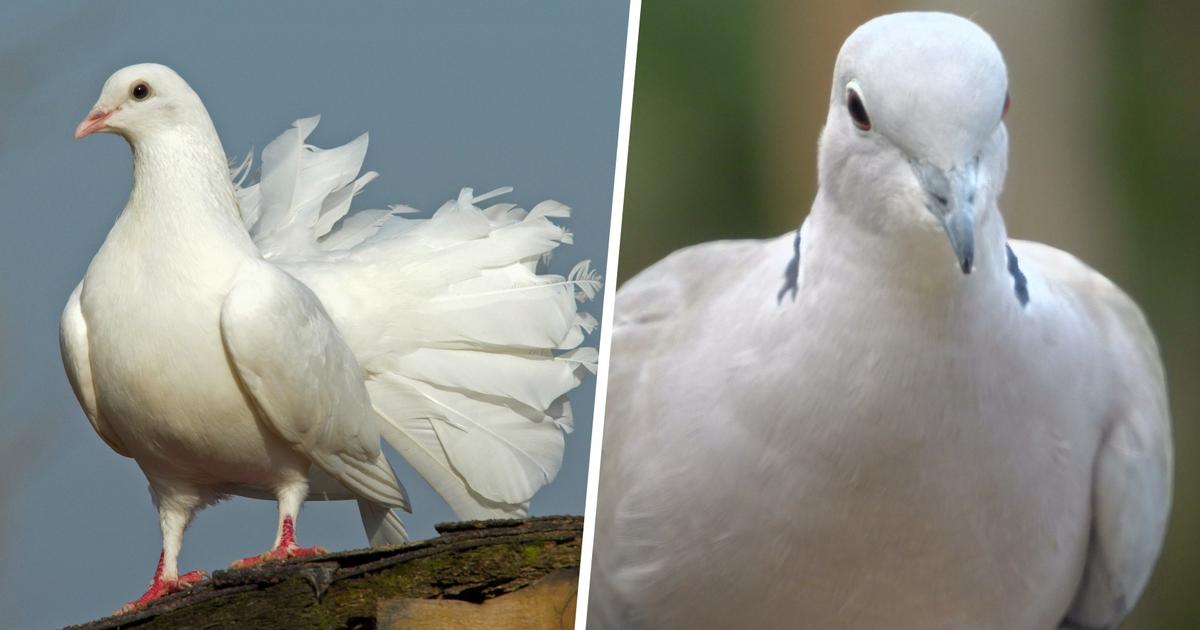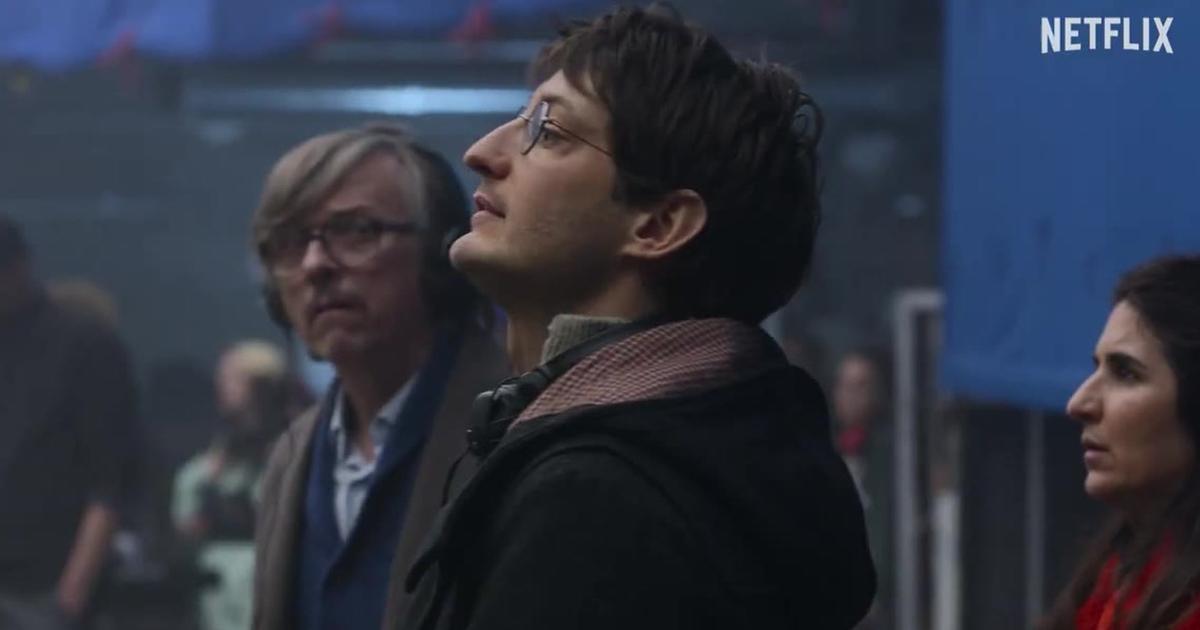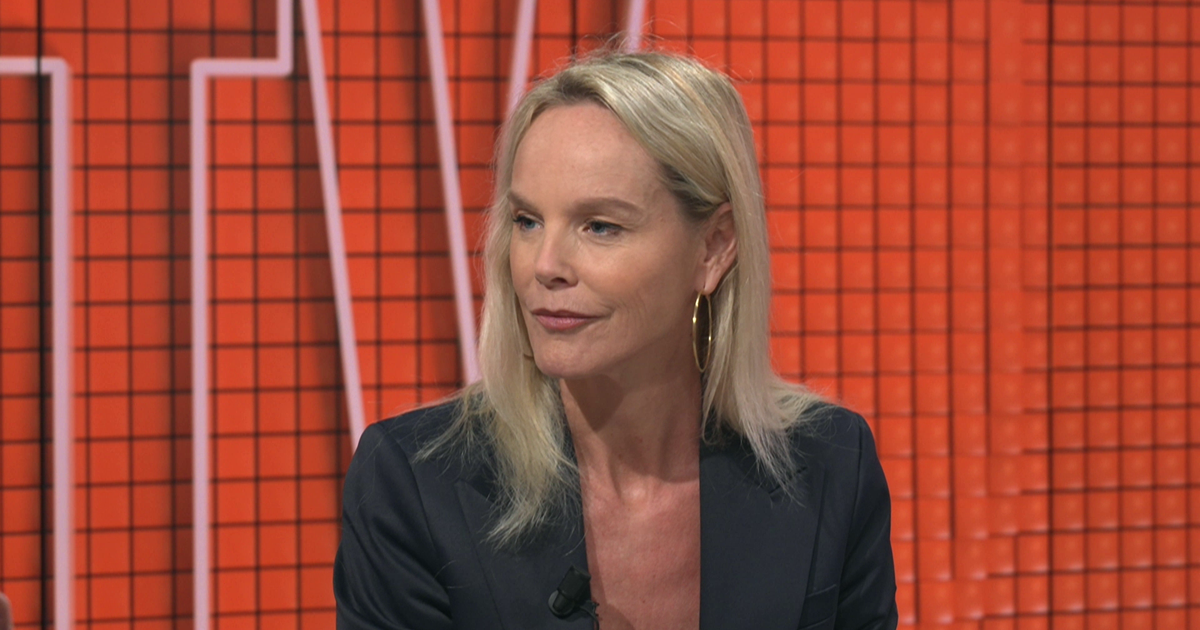Are we in an increasingly gray world?
That is what a Twitter thread asks in which a user starts from an article on Medium that analyzes more than 7,000 photographs of everyday or familiar objects — from photographic technology to the measurement of time, lighting, printing and writing, the electrical appliances or navigation— collected from a collection of the Science Museum Group (United Kingdom).
The most notable trend, he concludes, is an increase in gray over time.
The thread continues: British kitchens have become increasingly neutral on the whole;
there's a tendency to whitewash everything—whether it's made of wood, brick, or plaster—and even McDonald's locations have lost their iconic red as they try to modernize their stores with wood.
Certainly not, experts say.
María Pascual, a specialist in trends at the leading change forecasting company WGSN, is clear: “We are currently seeing an increase in gray in some aspects of technology, so it may seem that our world is becoming grayer, but, Apart from technological products, there is an increase in color led by interior design and industrial design”.
There is no linear evolution of color in the history of interior design.
Rationalism and the irruption of the Modern Movement marked interior design during the 20th century.
Diaphanous spaces, with a functional style, with sober forms, in white and gray tones, where the color of some objects has acted as a counterpoint, but never as a norm.
Although this has been the latent movement, there have been vanguards that have broken with that scheme.
Ana Torres, a member of the Research Group on Color in Architecture at the Universitat Politècnica de València, points out that the evolution of color both indoors and outdoors is closely connected with art, crafts and the artistic avant-gardes of the 20th century.
Color, which has always been present in history and has acted as a process of change at certain times,
resurfaced to enliven the gray skies after World War I and II by the Bauhaus School in Germany.
"Later it would achieve an extraordinary prominence as a means of functional and artistic expression," explains Torres.
For Marian Rubio, professor of Interior Design at the IED in Madrid, although currently the rational style remains in the background, “color has been recovered again”.
The explosion of color already happened, for example, in the 1960s and 1970s as a reaction against rationalism, with the emergence of pop and social movements such as May 68. “That claim for freedom ends up being reflected in the general aesthetics of the moment .
Although after a few crazy years it returns to that sobriety that implies a concept of modernity, as exemplified by the office of a high-end international company with glass tables”.
According to this interior designer, "in the nineties there is a clear minimalism, but in the two thousand comes a recovery of color".
A garish example is India Mahdavi and David Shrigley's 2014 design for London restaurant Sketch, painted entirely in pink.
An article in
The Wall Street Journal
on “millennial pink” notes that in 2014 it was “the bowshot of traditional hues like navy blue and tan.”
Today, “while in some technological categories, including vehicle interiors, the amount of gray is increasing, our homes are becoming more and more colorful”, in part due to “dopamine and the search for happiness through color”, explains trend analyst María Pascual.
Color influences our psychology and vice versa.
Susana Zaldívar, a specialist in color, argues that right now we are in a situation in which "we have not yet come out of it, and people need to wear feathers, diamonds and ornaments", just like what happened in those crazy twenties.
But, as the saying goes: for tastes, colors.
On a personal level, the choice differs between whether a person is more risky or frivolous: when one does not want to risk, one opts for tan colors.
The economy of each one also influences: if the sofa is to last for years, it is better that its color does not tire.
Although Ikea has made it easy: pigmented furniture at reasonable prices.
At the end, or at the beginning of everything, are the trends orchestrated by the marketing world.
For Rubio, the continuous change of color ranges is natural due to “the fatigue of both the consuming public and the creators themselves.
While fashion used to last 50 or 100 years, now all the stages are burned in a much shorter time, "says Rubio.
And the colors overlap and accumulate.
"There is more and more interest in facades and color recovery," says Torres, who works in restoration and has piloted a national project in residences that highlights the benefits of filling spaces inhabited by older people with color.
These virtues are not new.
Color exists since the world is world.
Although they now lie white, the Greek statues vibrated with pigments that the passing of the centuries has buried, as shown in the current exhibition Chroma: Ancient Sculpture in Color at the Metropolitan Museum of New York.
These are, at last, times to vindicate the good sense of color in our lives.
Subscribe to continue reading
read without limits
Keep reading
I'm already a subscriber









